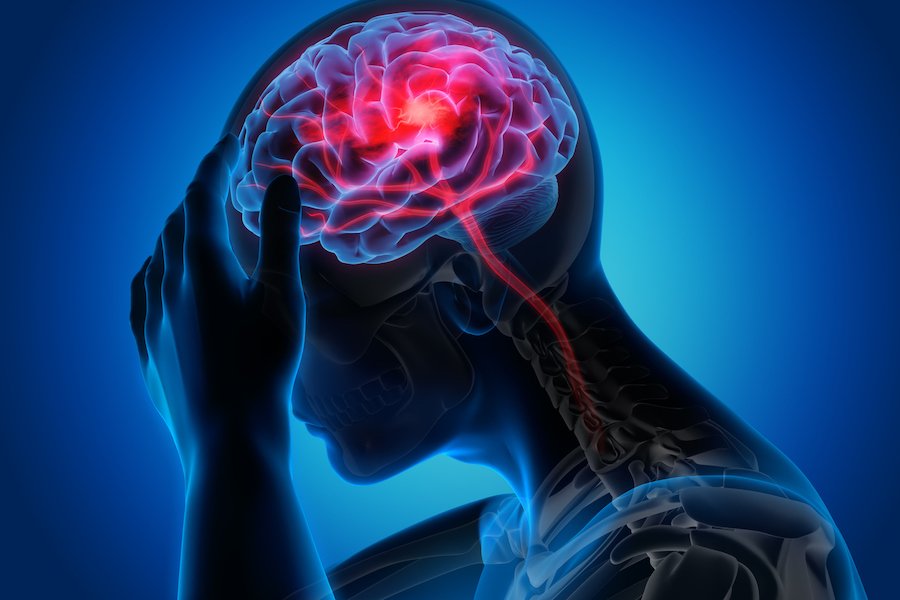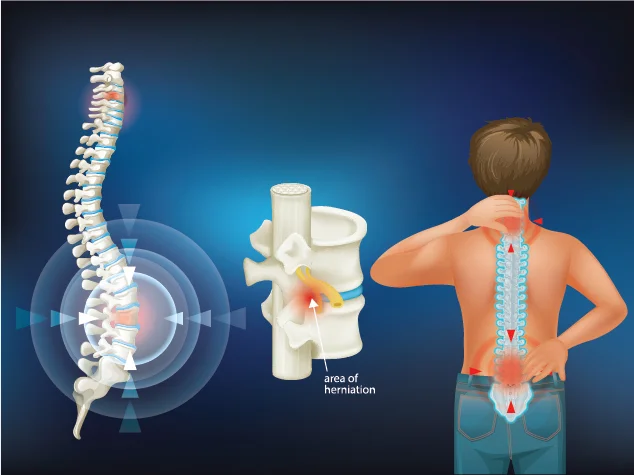Paralysis is the loss of muscle function in part or all of the body. Understanding paralysis causes and their impact is vital for finding effective treatments and improving quality of life. It happens when the connection between the brain, spinal cord, and muscles is disrupted. Understanding paralysis helps individuals and caregivers navigate this condition. Here’s a simple guide to its causes, types, and treatments.
What Causes Paralysis?
Understanding paralysis causes is essential to identify the underlying conditions and how they disrupt the nervous system. and develop effective treatment strategies.
1. Stroke:

Reduced blood flow to the brain can cause nerve damage and paralysis. A stroke occurs when a blood vessel in the brain is blocked or bursts, leading to a lack of oxygen and nutrients in the affected area. This can result in sudden weakness, loss of movement, or even speech difficulties, depending on the part of the brain affected.
2. Spinal Cord Injury:

Accidents or falls can damage the spinal cord, leading to paralysis. The severity depends on the location and extent of the injury. Injuries higher up on the spinal cord can affect more of the body, while lower injuries may result in paraplegia. Preventative measures like wearing protective gear can reduce these risks.
3. Neurological Disorders:

Conditions like multiple sclerosis (MS) or ALS can affect nerves. MS involves the immune system attacking the protective covering of nerves, disrupting communication. ALS causes the gradual breakdown of nerve cells controlling voluntary muscles, often leading to widespread paralysis over time.
4. Infections:

Diseases like polio can damage the nervous system. Polio, caused by a virus, primarily affects children and can lead to permanent paralysis in severe cases. Vaccination campaigns have greatly reduced its prevalence, but outbreaks still occur in some regions.
5. Birth Defects:
Some conditions, like spina bifida, affect movement from birth. This defect occurs when the spinal column doesn’t close completely during fetal development, leaving the spinal cord exposed. Depending on severity, individuals may experience difficulty walking or require mobility aids.
6.Tumors:

Growths in the brain or spinal cord can press on nerves. Tumors may be benign or malignant, but both can disrupt nerve function by compressing vital areas. Early detection and treatment are crucial to prevent worsening symptoms like paralysis.
Types of Paralysis

Paralysis can vary in location and severity:
- Localized Paralysis: Affects one area, like the face or hands. For example, Bell’s palsy temporarily paralyzes facial muscles due to nerve inflammation. It’s often reversible with proper treatment, but understanding symptoms is key to early intervention.
- Generalized Paralysis: Includes:
- Monoplegia: One limb is paralyzed. This type often results from localized nerve damage or stroke and affects the ability to perform daily tasks involving that limb.
- Hemiplegia: One side of the body is paralyzed. Often seen after a stroke, hemiplegia can severely impact balance and coordination, requiring extensive therapy for recovery.
- Paraplegia: Both legs are paralyzed. It’s typically caused by spinal cord injuries and may include loss of bladder or bowel control, requiring adaptive strategies for independence.
- Quadriplegia: All four limbs and torso are paralyzed. This is the most severe form, often resulting from high spinal cord injuries. Individuals may need comprehensive care and assistive technology to maintain quality of life.
- Temporary or Permanent Paralysis: Paralysis may be reversible or lasting. Temporary cases, like those caused by inflammation or nerve compression, can improve with treatment, while permanent paralysis often involves irreversible nerve damage.
- Complete or Incomplete Paralysis: Some people lose all movement and feeling, while others retain partial ability. In incomplete cases, rehabilitation can help improve function and maximize independence.
Treatment Options
While some paralysis is permanent, treatments can help:
1. Physical Therapy: Strengthens muscles and improves movement. Therapists design personalized programs focusing on range of motion, strength-building, and preventing secondary complications like muscle stiffness.
2. Occupational Therapy: Teaches skills for daily living. This includes using adaptive tools, like modified utensils or clothing aids, to promote independence in tasks like eating and dressing.
3. Medications: Reduces pain, stiffness, or inflammation. Common medications include muscle relaxants, anti-inflammatory drugs, and even experimental therapies targeting nerve regeneration.
4. Surgery: Repairs nerve damage or removes tumors. In cases of spinal cord compression or brain tumors, surgical intervention can alleviate pressure and improve outcomes.
5. Assistive Devices: Wheelchairs and braces support mobility. Modern devices, like lightweight wheelchairs or robotic exoskeletons, offer greater comfort and functionality to users.
Conclusion
Paralysis affects many people, but understanding its causes and treatments can help improve quality of life. With the right care and support, individuals with paralysis can lead fulfilling lives. Advances in medicine and technology continue to offer new hope, empowering people to overcome challenges and achieve independence.
If you have any queries related to medical health, consult Subhash Goyal or his team members on this given no +91 99150 72372, +91 99150 99575, +918283060000




